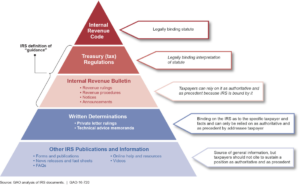On March 10, 2017, the Tax Court of Canada held that agreements reached under the Mutual Agreement Procedure (MAP) precluded the Canada Revenue Agency (CRA) from redetermining the transfer prices of rock salt sold by Sifto Canada Corp. (Sifto Canada) to a related party in the United States.
In 2006, Sifto Canada reevaluated the transfer pricing of its rock salt sales to its US affiliate for 2002 through 2006. Siftco Canada discovered that the sales prices had been for less than an arm’s length price and in 2007 made an application to the CRA’s voluntary disclosure program reporting additional income from the sale of rock salt for 2002-2006 of over C$13 million. In 2008, the CRA accepted the application and assessed additional tax on that income.
After the assessment, Sifto Canada applied to the Canadian Competent Authority (CCA) and its US affiliate applied to the United States Competent Authority (USCA) for relief from double taxation under Articles IX and XXVI of the Convention between Canada and the United States of America with Respect to Taxes on Income and on Capital, as amended (the Treaty). The CRA did not audit Sifto Canada during this time and based its position paper on Sifto Canada’s voluntary disclosure application. Under the MAP process, the USCA and CCA then agreed to the transfer prices.
During the negotiation process for the MAP, the CRA began auditing the transfer prices of the rock salt for those years and then, subsequent to the signing of the MAP agreements, the CRA determined that the transfer prices should have been even higher than the amounts reported by Sifto Canada in the voluntary disclosure and issued further reassessments of its tax.
The CRA argued that: (1) the MAP agreements only provided relief from double taxation and did not set transfer prices; (2) the CCA only entered into agreements with the USCA and did not enter into a binding agreement with Sifto Canada regarding the transfer prices; and (3) that the government had a duty to reassess the tax once it determined that the transfer prices were not at arm’s length.
The Tax Court of Canada did not agree with the CRA and held the government to its MAP agreements. The Court found that by reaching an agreement under the MAP process, the CCA necessarily had to find that the transfer prices were at arm’s length under the Treaty. Further, the Court found that under the factual matrix of this case, the CCA’s letters exchanged with Siftco Canada clearly described the terms of the MAP agreements, asked Siftco Canada to accept those terms, and Sifto Canada then accepted the terms establishing a binding agreement. Finally, the Court found the agreements were not “indefensible on the facts and the law” and thus were binding on the Canadian government.
Practice Point: This case is helpful to taxpayers with cross-border transactions between the US and Canada and demonstrates that MAP agreements are binding on the CRA.
read more

 Subscribe
Subscribe





